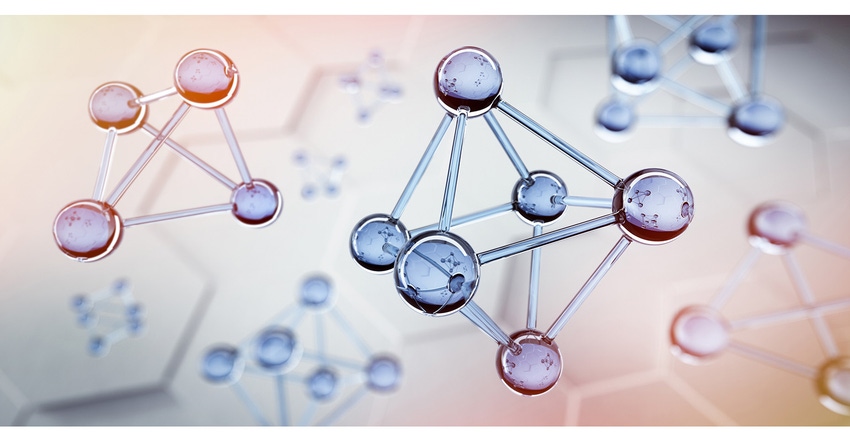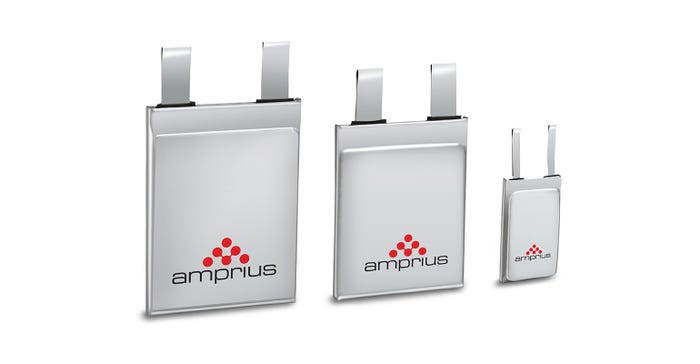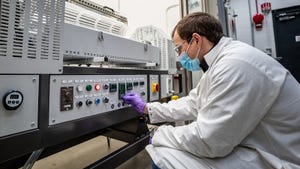
Nanotechnology involves studying and manipulating atoms and molecules at the nanoscale level. Using nanoscale materials to manufacture batteries can offer many benefits that could lead to improved battery performance. The following technologies represent different facets of how nanoscale wonders push the boundaries of battery performance, efficiency, and sustainability.
Nanocoating: Nanocoating typically comprises particles or structures with dimensions on the nanometer scale (normally ranging from 1 to 100 nanometers). Nanocoatings on battery electrodes can enhance stability and prevent degradation. Therefore, it can ensure battery safety. Thin layers of protective nanomaterials can improve the battery's lifespan, resistance to corrosion, and thermal stability.
Forge Nano, a materials science company based in Colorado, offers a patented atomic layer deposition (ALD) method that claims to ensure Li-ion battery safety and enhance the existing properties of the electrodes and the battery by using a conformal angstrom-level precision coating.
Nanostructured electrodes: Nanostructured electrodes can increase the surface area and improve charge transfer kinetics, resulting in higher energy density and faster charging rates. Just recently, a team of researchers, led by Birgit Esser from the University of Ulm, along with Ingo Krossing and Anna Fischer from the University of Freiburg, has successfully created a positive electrode material for aluminum batteries. This material is composed of an organic redox polymer derived from phenothiazine.

In their experimental study, the aluminum batteries equipped with this electrode material achieved an unprecedented storage capacity of 167 milliampere hours per gram (mAh/g). “The study of aluminum batteries is an exciting field of research with great potential for future energy storage systems,” stated Studer.
Nanowire batteries: A nanowire is a wire-like nanostructure with a diameter on the scale of a nanometer (10^-9 meters). In nanowire batteries, these nanoscale wires serve as the electrode materials, either as the anode (negative electrode) or the cathode (positive electrode), depending on the specific design. For example, Amprius Technologies utilizes silicone nanowires to manufacture its ultra-high density silicon anode lithium-ion batteries, which have great potential to address the electric mobility market. Amprius recently entered an agreement with BAE Systems to develop electrically powered flight systems using silicon nanowire technology.

Amprius Technologies
Nanoporous separators: Nanoporous separators refer to porous membranes or films with nanoscale-sized pores used as separators in various energy storage and conversion devices, such as batteries and fuel cells.
Meta Materials Inc.—a nanotech company—offers a nanoporous separator called NPORE which, according to them, eliminates the use of plastic substrate and provides outstanding heat resistance for current and next-generation lithium-ion batteries. Their website describes NPORE as “a proprietary, robust, nanoporous ceramic separator that is highly resistant to melting and shrinking. In the case of an internal short circuit between the electrodes, which a dendrite or other defect may cause, NPORE does not shrink away from the location of the defect, inhibiting the heat caused by the short circuit from propagating a thermal runaway.”
Batteries designed and improved with nanotechnologies, or ‘nanobatteries,’ offer promising prospects for energy storage, but challenges remain. Scaling up production, ensuring long-term stability and safety, optimizing the cost-to-performance ratio, and addressing environmental concerns are key obstacles that need to be overcome for widespread implementation. Research, innovative manufacturing, and stringent safety protocols are vital to unlock the full potential of nanobatteries and drive the advancement of energy storage.
About the Author(s)
You May Also Like





